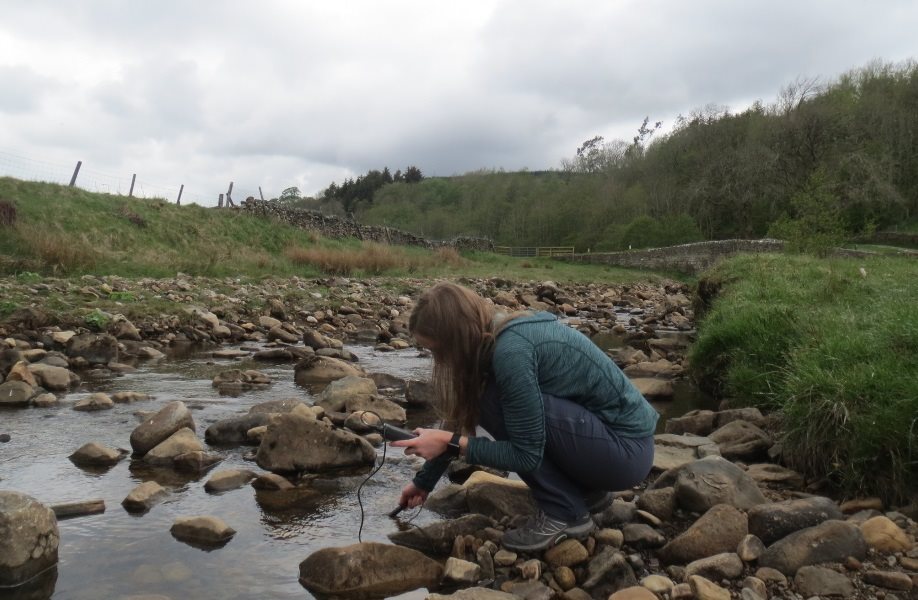

insights Voices from our next generation: At the cutting edge of the environment
13 November 2019

Apply for a summer, or ‘Year in Industry’ placement at Atkins like I did during my degree. It gave me the chance to gain experience and make an impression at the business before thinking about graduate roles. When Atkins invited me to join their Graduate Programme it meant I didn’t have to go through the usual application process.
–– Anne’s top tip on starting a career at Atkins


Interested? Find out more about life at AtkinsRéalis
Sign up to receive the latest content tailored to your interests
Our articles

Preview
GeneralContent type
BlogsPublish date
11/05/2024
Summary
If you’ve been weighing up where to take your graduate scheme or the best places to start an apprenticeship, have you considered living in Bristol? As a proudly multicultural university city, the

Preview
GeneralContent type
BlogsPublish date
10/28/2024
Summary
Hi, I'm Chris, a degree apprentice on the Nuclear & Power team at AtkinsRéalis. My passions are in sustainability and mechanical engineering. I'm currently working on some of the most impactful p

Preview
GeneralContent type
BlogsPublish date
10/24/2024
Summary
As the globe becomes more eco-conscious, many people are looking for careers in sustainability-focused companies. In Spring 2024, 80% of people surveyed by the UK government said they were very or fa

Preview
GeneralContent type
BlogsPublish date
10/24/2024
Summary
Hi, I'm Jasmine, a Graduate Project Manager in the Project & Programme Services team at AtkinsRéalis. I graduated from Loughborough University in 2023 with an Integrated Masters in Product Design
.jpg)
Preview
GeneralContent type
BlogsPublish date
10/23/2024
Summary
It can be stressful to know when to start planning and prepping for your graduate scheme application. There’s a lot of uncertainty when it comes to online research surrounding the question “When s
.jpg)
Preview
GeneralContent type
BlogsPublish date
10/23/2024
Summary
It’s only natural when you’re either in school or university to be thinking ahead about what your future career has in store for you. After all, your educational choices can help shape what’s immedi

Preview
GeneralContent type
BlogsPublish date
10/18/2024
Summary
Hello! I'm Oscar, an AtkinsRéalis apprentice heading into my third year on the Apprentice Consultant Development Programme (ACDP). I help our clients manage projects, programmes, and portfolios,

Preview
GeneralContent type
ProjectsPublish date
10/17/2024
Summary
Hello! My name is Matilda Davis, and I'm based in the AtkinsRéalis Bristol office. I joined AtkinsRéalis last September, straight after my A-Level studies, and I'm now in my first year of the Pro

Preview
EuropeContent type
BlogsPublish date
10/14/2024
Summary
Welcome back to our Digital Her blog series! As Digital Her sponsors, we're committed to empowering young women like you to pursue careers in digital and tech. We aim to break down barriers an

Preview
GeneralContent type
BlogsPublish date
10/14/2024
Summary
When you think of the construction industry, what word springs to mind? Innovation? Resilient perhaps? Despite facing economic challenges, the market perseveres, offering a promising landscape for as
Related jobs
We are sorry but we currently have no jobs in this area.
Continue browsing to look at our other available opportunities

Integrity
We do the right thing, no matter what, and are accountable for our actions.




